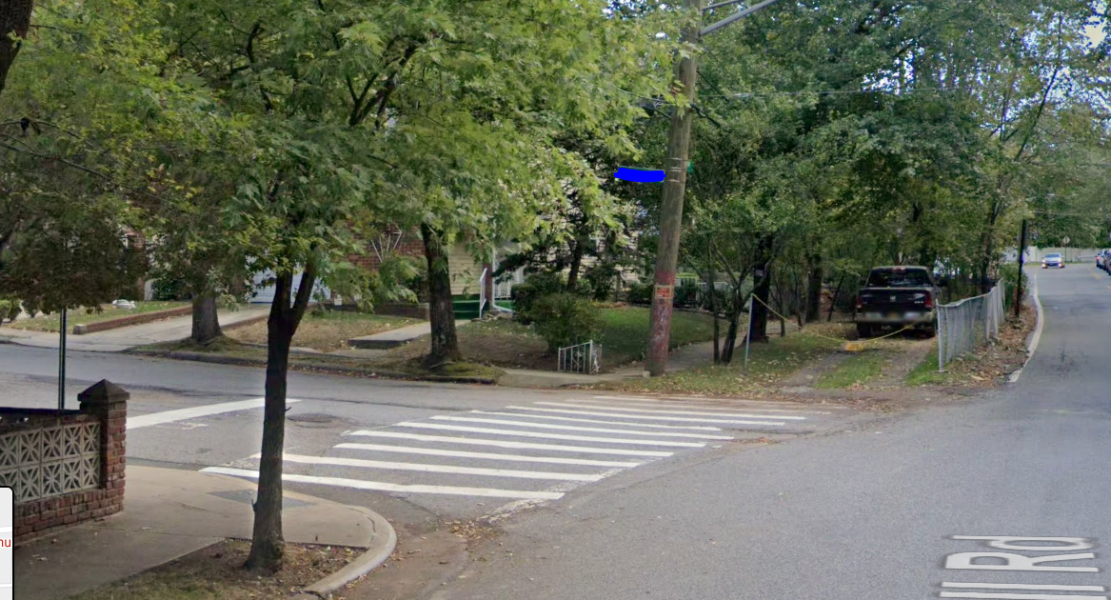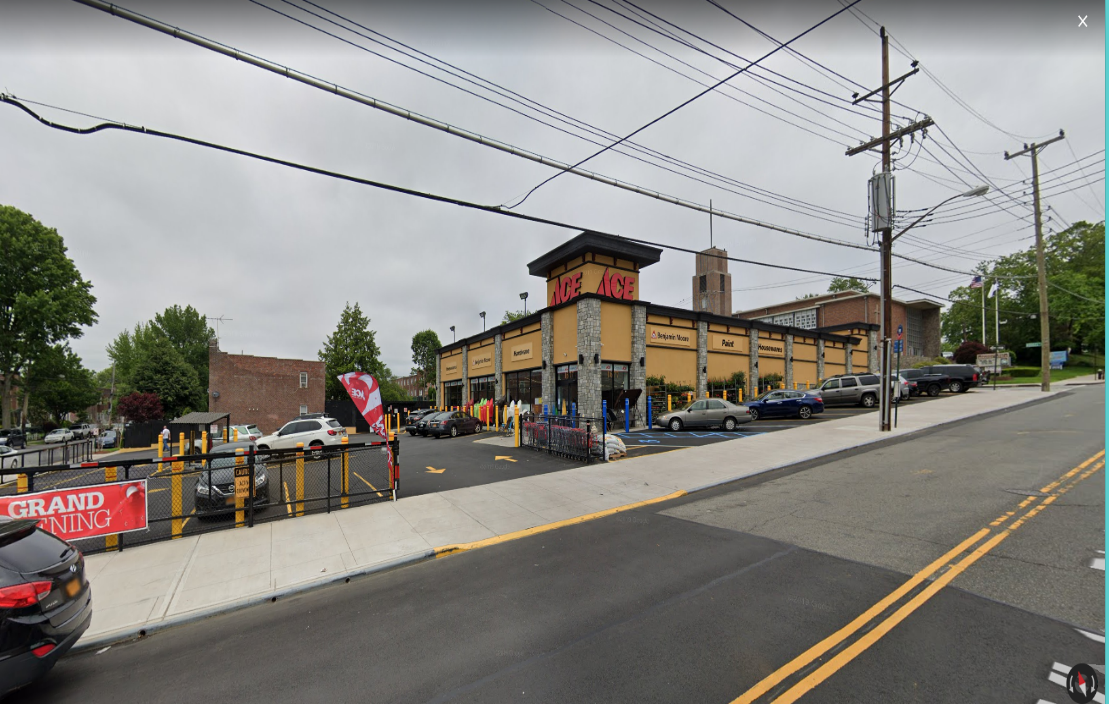“Work it, NYC: A Guide to LGBTQI+ Workplace Inclusivity” will support NYC workforce providers and employers in implementing comprehensive, affirming best practices to serve LGBTQI+ clients
On the final day of Pride Month, Mayor Bill de Blasio today announced the release of “Work It, NYC: A Guide to LGBTQI+ Workplace Inclusivity,” a new resource to help provider organizations deliver higher quality services to LGBTQI+ seekers of education and employment services. This manual, created through a partnership between the NYC Unity Project and the NYC Center for Youth Employment, addresses the distinct barriers to high quality employment opportunities that many LGBTQI+ people face. These obstacles often are a direct result of stigma, discrimination, and violence experienced in work and educational settings. With awareness, preparation, and strategic interventions targeted to LGBTQI+ peoples’ unique needs, workforce providers can deliver the resources and services needed to support LGBTQI+ people.
“LGBTQI+ New Yorkers deserve to be treated with respect and dignity, period,” said Mayor Bill de Blasio. “The ‘Work It, NYC’ manual will give our providers and local organizations the tools to better serve LGBTQI+ jobseekers as we emerge from the pandemic and create an economy that works for everyone. I thank the Unity Project, the Center for Youth Employment and all our partners for their collaboration on this critical project. Visit nyc.gov/lgbtqwork to check it out today!”
“People who identify as LGBTQI+ want what everyone wants when it comes to employment and education: a safe environment where they are valued and respected,” said First Lady Chirlane McCray. “The ‘Work it, NYC’ guide to workplace inclusivity further secures our city’s reputation as a welcoming place for the LGBTQI+ community. New York is the city where you are accepted, no matter who you love or how you identify. And for anyone unaware of the barriers to inclusivity, ‘Work it, NYC’ is a guide to knowledge and resources.”
“All jobseekers and workers deserve to enter spaces where they will be treated with dignity and respect," said J. Phillip Thompson, Deputy Mayor for Strategic Policy Initiatives. "LGBTQI+ young adults in particular face acute pressures when they seek services from workforce programs that historically haven't always affirmed their identities. The resources in this manual will help providers and employers reevaluate and revise their policies and practices to be inclusive of this community. It stands alongside the historic legal protections this administration has put in place for LGBTQI+ workers, and the newly launched Unity Works program to provide customized and comprehensive program services for LGBTQI+ youth, as a symbol of our commitment to helping these young New Yorkers reach their full potential as their authentic selves.”
“LGBTQI+ communities—particularly trans, non-binary, and gender non-conforming people of color—have been interpersonally and systemically excluded from accessing meaningful job opportunities for far too long,” said Ashe McGovern, Executive Director of the NYC Unity Project and Senior LGBTQ Policy Advisor in the Office of the Mayor. “This comprehensive guide describes the complex context of intersecting forms of injustice that our communities face and creates concrete, actionable guidance so that all workforce providers and employers can more easily create intentional and affirming work spaces for LGBTQI+ community members. This collaborative manual draws upon the expertise of so many and is one key piece of our larger efforts, including our recent launch of the NYC Unity Project, to ensure that our communities are free to show up in every single space, including at work, as their most full and authentic selves, without facing discrimination or mistreatment.”
“Too often, LGBTQI+ young adults entering education and workforce training programs find that those spaces, intentionally or not, are not culturally competent in using best practices to serve LGBTQI+ clients,” said David Fischer, Executive Director of the NYC Center for Youth Employment. “This manual will help providers and employers create safe and supportive spaces, programs, and worksites for LGBTQI+ young adults--both affirming our values of equity and inclusion as a City, and delivering better outcomes for those young adults as well as the employers who will hire them.”
“Creating a supportive, respectful and inclusive work environment that addresses the needs of the LGBTQI+ community is imperative for the success of any organization and the New Yorkers they serve. DYCD values diversity and respect across our agency and funded programs, so I am thrilled that this new guide will give our providers even more tools to foster welcoming, safe and accepting spaces for our City’s LGBTQI+ community,” said DYCD Commissioner Bill Chong.
“An inclusive workforce is a stronger workforce, and the ‘Work It, NYC’ guide will give provider organizations and partners a helpful toolkit for developing strategies and best practices that foster a more-welcoming workplace for the LGBTQI+ community,” said HRA Administrator Gary Jenkins. “Diversity and inclusion are core tenets of DSS-HRA’s workplace culture, and this comprehensive, culturally-responsive resource will ensure we continue to address barriers that have historically prevented the LGBTQI+ community from accessing employment - and ultimately lead to better career outcomes for even more LGBTQI+ New Yorkers.”
The manual articulates the specific employment and training- related needs of the LGBTQI+ community for workforce professionals. It offers an in-depth overview of how workforce practitioners can create affirming services for LGBTQI+ people of various ages—and why it matters that they do so. Although the manual includes specific information about disparities that face LGBTQI+ youth, and targeted resources to support them, it is intended to support LGBTQI+ people of all ages. Highlights include:
- Key Concepts and Vocabulary. To serve the LGBTQI+ community well, it is imperative to understand different LGBTQI+ identities and be familiar with and appropriately use LGBTQI+ terminology and the most respectful language.
- Obligations Under the Law. A guide to the legal obligations that organizations and employers have to LGBTQI+ people, as well as resources available to LGBTQI+ individuals
- Building a Safe(r) Space. How to center the importance of maintaining a trauma-informed lens in work with LGBTQI+ communities, information for supporting transgender, gender nonconforming, and non-binary (TGNCNB) program participants, and tips on establishing an LGBTQI+-friendly environment within workforce programs.
- Making Affirming Placements and Referrals. How to get information from employers and other referral sites, which includes asking pointed questions about an employer's experiences with LGBTQI+ people and cultural competency training.
This manual also can serve as a complement to in-person training sessions, and as a resource brought back to workforce programs by people who have undergone training, to digestibly summarize their training to those who were not able to attend. The manual can be accessed at nyc.gov/lgbtqwork.
“For centuries, people have flocked to New York City to create better lives for themselves and their families. A large portion of these dream-seekers have always been and will continue to be LGBTQI+, who have made our city’s economy prosper and more resilient,” said Daniele Baierlein and Jorge Luis Paniagua Valle, Co-Executive Directors of the Mayor’s Fund to Advance New York City. “This new manual will help build a workforce that is more inclusive and will make our city stronger than ever before.”
“LGBTQI+ people deserve a supportive, inclusive and healthy working environment,” said Dr. Torian Easterling, First Deputy Commissioner and Chief Equity Officer of the Department of Health. “DOHMH is proud to have contributed to this manual, as we continue to advance anti-racist public health practice with an intersectional lens to address systemic inequities.”
“The ‘Work It, NYC: A Guide To LGBTQI+ Workplace Inclusivity’ manual will help to support the evolution of a more inclusive workplace,” said Nathifa Forde, Deputy Executive Director of the NYC Young Men’s Initiative. “Everyone should feel affirmed and safe in the workplace. The Young Men’s Initiative understands the complexity of identity and its importance in creating and sustaining a diverse workforce and a just society at large. YMI supports and eagerly anticipates the utility of the manual to work towards eliminating the obstacles that LGBTQI+ individuals face within the workforce.”
“LGBTQI+ people still face barriers in the job market. Resources to help understand and overcome these hurdles should be easy to find, access, and share,” said John Paul Farmer, Chief Technology Officer for the City of New York. “Our team is incredibly proud to partner with the NYC Unity Project to create a digital landing page for a comprehensive resource guide on LGBTQI+ workplace inclusion. This partnership underscores how modern digital services can amplify critical information -- such as this resource guide -- to better serve all New Yorkers.”
“When LGBTQ+ New Yorkers are able to be 100% their true selves in the workforce, they are able to contribute 100% of themselves to their employers. This manual will allow for organizations and employers to support their employees and constituents allowing for a positive and productive work environment for all,” said Jayson Littman, Senior Advisor for LGBTQ Community Affairs in the Office of the Mayor.










